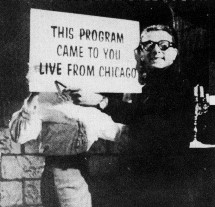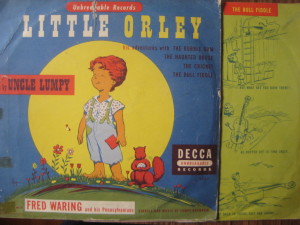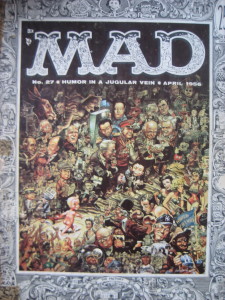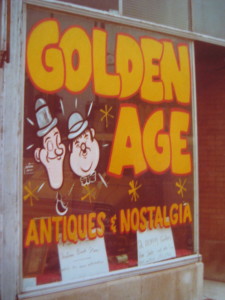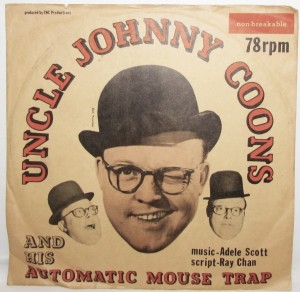I was going on 12 years of age when the commercials for a new night time show were being announced on TV called Shock Theater, declaring that the first movie shown would be Frankenstein. I had to see that film. The problem was that the new program was scheduled for 10pm, my bedtime.
The week prior to the event was spent trying to persuade my parents to let me stay up and view this classic horror movie. I knew every other kid in school would be up watching it and I didn’t want to be left out. It was the weekend, there was no school the next day and I promised I would get up the next morning when awakened. I had a chance.
There were two rules about sleeping and waking in my father’s house. You went to bed when told and you got up when told. No variation, no exception. Bedtime was at 10pm and Shock Theater was debuting the same hour. I needed to persuade my father that I was old enough to handle the additional hour and a half one night a week. I knew if I could swing it this once, the following weeks would be easy. I needed help.
I had already seen the movie “Them” about giant ants and “The Beginning of the End,” about giant grasshoppers (there were a few giant mutant creature film back then regarding the effects of atomic blasts) at the local Will Rogers movie theater and used that experience to support the fact I could handle horror films.
I gained my mother and grandmother’s support in allowing me to stay up and watch Frankenstein. They had seen it in the 1930’s and concluded it could not be as scary as back then, being on a small screen and dated. Finally, my father gave in and allowed me to stay up to watch.
The big night arrived. We had all washed and got in our pajamas as mom made a big bowl of stove top popped corn laden with butter and salt. We sat around the television, me on the floor with a bottle of Coca Cola, ready to be scared, but not to the degree I would be sent to bed, deemed not mature enough to handle Boris Karloff.
The Shock Theater sign came on and shattered like a pane of glass, revealing a talking skull who invited us to come in as the camera moved to a dingy, dank looking cellar with barred windows. There, standing to greet us, was a guy named Marvin who looked like a beatnik with black turtleneck sweater and suit with very thick lensed glasses with black frames.
It actually was kinda funny and not scary at all. He had an assistant, his wife, named “Dear.” Her face was always hidden. Marvin would grab her by the hand and her entire arm would come out of the socket (obviously a mannequin). And after the opening foolery, Frankenstein began.
In weeks to follow, I was allowed to watch Dracula, The Werewolf, Bride of Frankenstein and the Mummy. This was partially due to the fact I survived the first late night encounter and that my parents also wanted to see these classics again. At school, we played monster hunters and mad scientists instead of Cowboys and cops, for quite some time after.
Over the next two years I was introduced to classic horror films along with Marvin who added a musical group called the Deadbeats and another assistant wearing a rubber Frankenstein mask called “Shorty.” These breaks in the movie were sometimes more entertaining than the film.
Best of all was Marvin’s wife who was subjected to all types of misfortune throughout the evening. “Dear” never showed her face and her back was always toward the camera, or her features obscured by a placard or prop and she was always losing an arm or leg, subjected to accidental mayhem in helping Marvin with his experiments. Shock Theater ended after two years to be followed later on by another host, Svenghoulie and Screaming Yellow Theater in the 1960’s.
Because I had been allowed to watch these horror classics, I was drawn to the movies of the 1930’s and 1940’s. Not just horror, but others such as Casablanca and the Maltese Falcon. And I was allowed to stay up since I had recently become a teenager.
I owe my infatuation with obscure and classic movies to a strange little man with super thick glasses in a black turtleneck named Marvin and, of course, my father, who suspended one of his rules and allowed me to stay up late one night in 1957 to watch Frankenstein.
